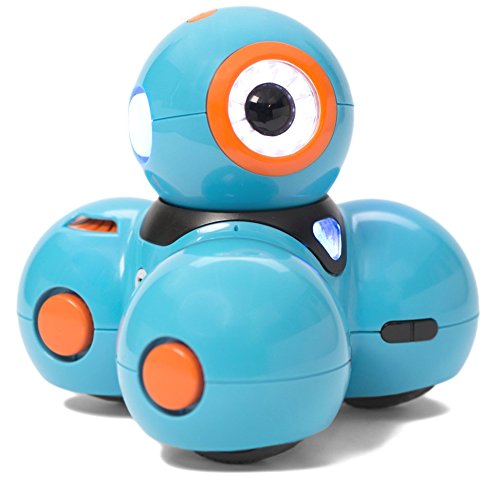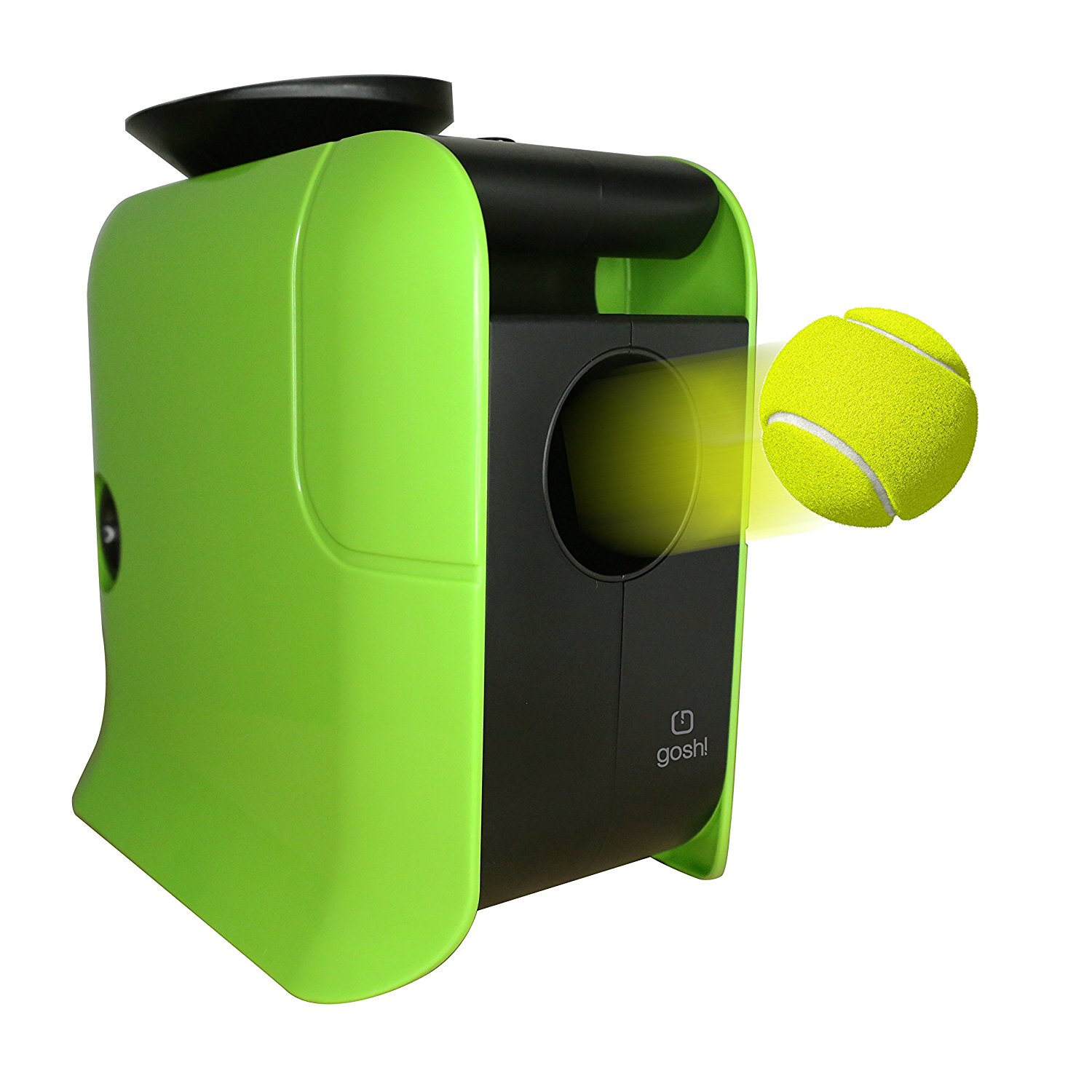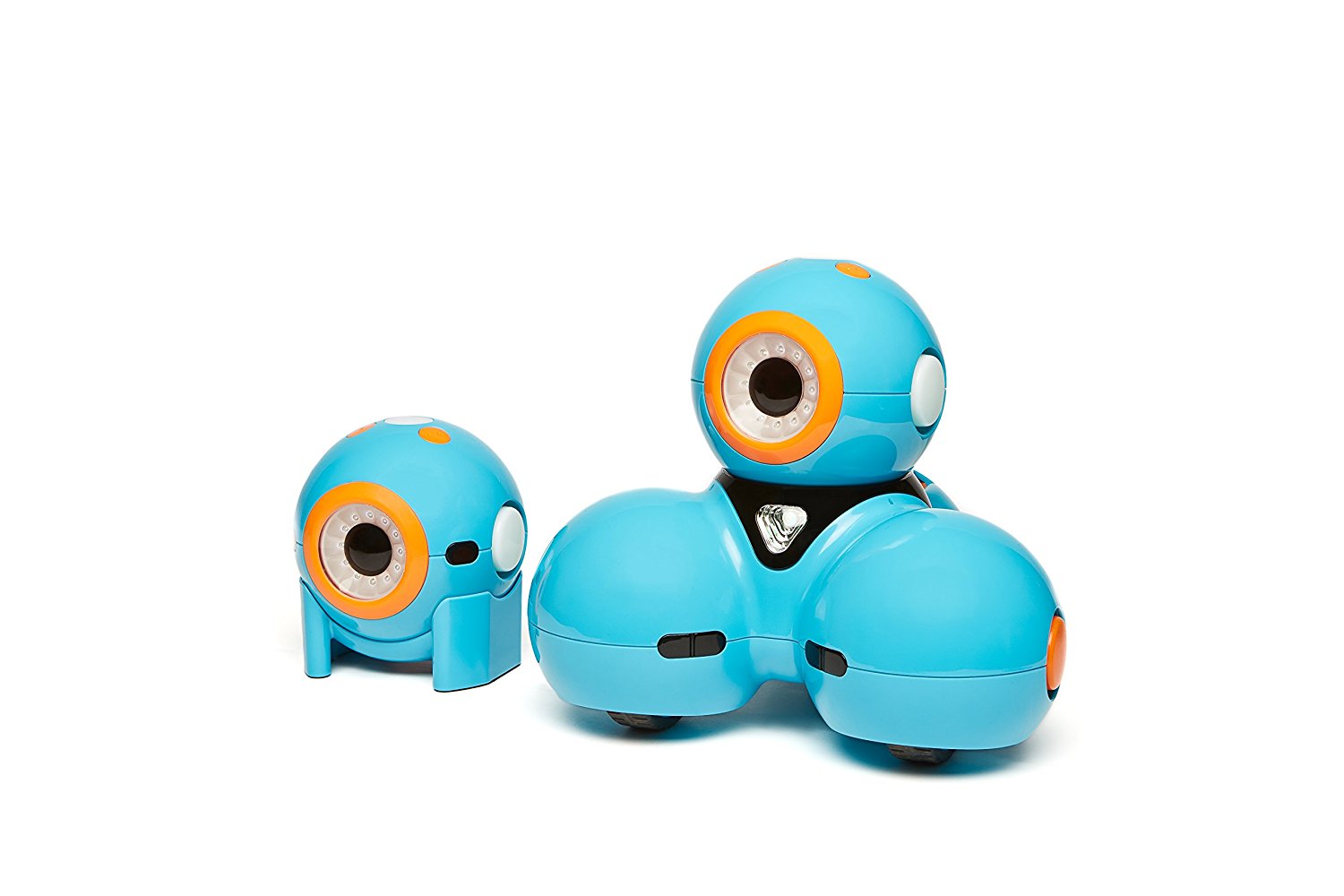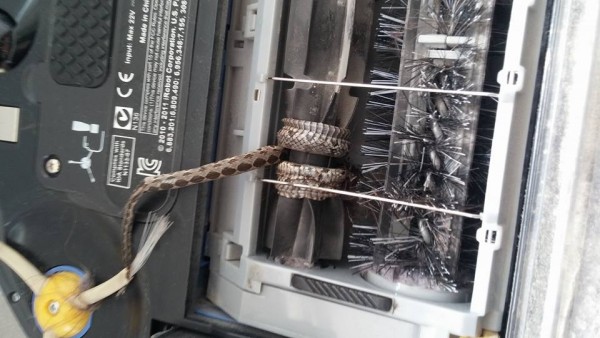Recent infections with Ebola have caused a lot of distress all over the world, especially since the virus isn’t confined in a single area, but on all major continents. As scary as it may be, the Ebola virus is quite easy to destroy, and the Little Moe robot seems to be a trusty ally in preventing infections.
Light can kill viruses. That’s not exactly news, but a few more details wouldn’t hurt. Ultraviolet light is able to destroy bacteria, viruses and other microorganisms, but that only happens at certain wavelengths. UV mutagenic irradiation has been in practice for more than a century, as the first attempts to disinfect water with it took place in 1910 in Marseille. However, in hospitals and anywhere else it may be installed, Xenex’s Little Moe Ebola fighting robot will do more than just disinfect water.
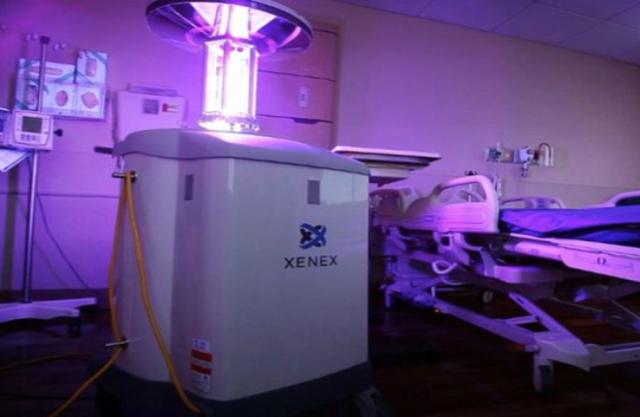
This medical robot cannot automatically from one room to another, the way Roomba robots vacuum through an entire home. Instead, they need to be setup. After entering the room type and number, Little Moe starts shooting UV rays all over the room in order to disinfect all the surfaces. Mark Stibich, Ph.D, provided a very simple explanation on how the germ-zapping robot works: “What’s inside here is a xenon bulb.”
Little Moe is said to be extremely efficient. Two such robots can rid an entire hospital of dangerous microorganisms in 5 minutes, and can destroy the Ebola virus on any surface in just around 2 minutes. Its function may not sound like much, but Little Moe only has one job, which means that it was built to do this task as efficiently as possible.
The University Health System in San Antonio and the Dallas hospital represent only two of the 250 locations from across the US that are equipped with a Little Moe robot. At Dallas hospital doctors are currently treating the first patient infected with Ebola in America, and while Little Moe can’t do anything about that, it’s good to know that it will prevent the virus from spreading (even though it’s not an airborne virus and it can only be transmitted through exchange of bodily fluids).
I get it how the manufacturer’s name refers to the Xenon bulbs these robots are equipped with, but it sounds uncomfortably close to Xanax. Other than that, it’s good to see that medical robots are getting popular, especially since they can help humanity in such difficult situations.
Be social! Follow Walyou on Facebook and Twitter, and read more related stories about the Toyota rehabilitation robots that train leg balance and swing, and the Japanese teleexistence robot that acts like an avatar.


